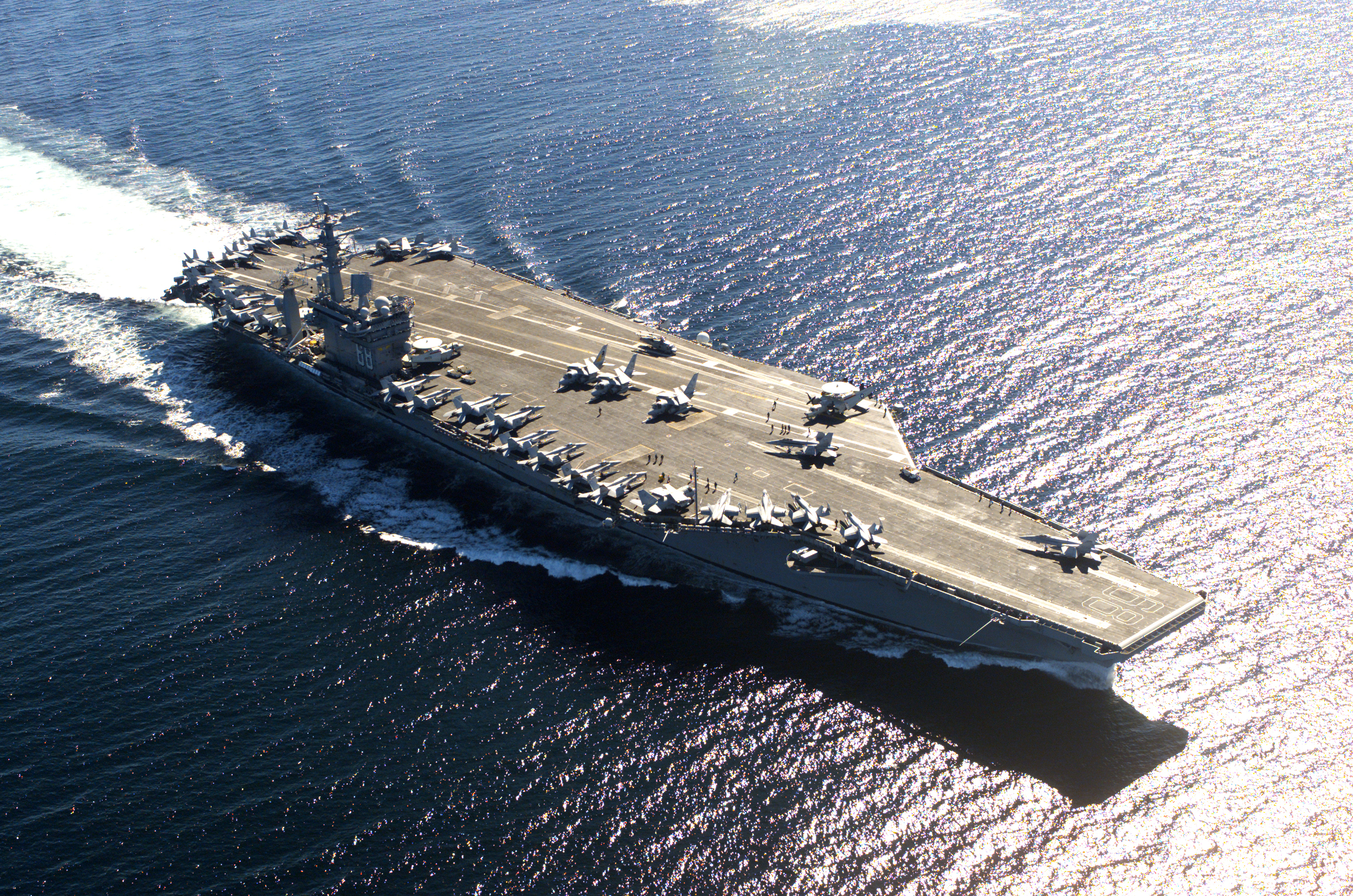
Generation ships are important to science fiction for the fact that these giant vessels are sent out on a one way voyage into the unknown. The following article is part of a series exploring creative ways to make generation ships viable. Part one was an overall introduction to this series. But before we jump right into design, we have to discuss the civilizations behind the generation ship. For such a project to be successful, the originating society will have to pass certain barriers. All stories with generation ships assume an advanced civilization builds them. But what does the advanced mean in that phrase? What type of civilization would be capable of building a vehicle that operates for hundreds of years? In part two of this series, we’ll be looking at four areas that are necessary for a society to achieve success in building a generation ship. The areas are technology, economics, politics, and the goal. Each area will get its own overview essay.
In order to understand what an advanced civilization would look like, we need to set a baseline civilization. It’s easy to say compare that society to the society of today but which society of today. Rather, I’d like to contrast the societies by comparing somewhat similar engineering projects. To give a basis for comparison, let’s look at the Nimitz class aircraft carrier of the United States navy, which was the largest warship built and in-service.1 It is over one thousand feet long and two hundred fifty feet tall while housing a full crew of just under six thousand people. It takes four years to construct one at a price tag of over eight billion dollars2. It is designed with a fifty year service life and will be replaced, not extended. The Nimitz class can operate for 90 days without a resupply.3 In other words, this is a very large vehicle, and when it is fully staffed, it is a small town on the sea. But based on the estimates put forth in What is a Generation Ship (Part One), the ship we’re designing needs to be five times as large with, at least, four times the service life and the ability to operate for infinite days without a resupply. Using the Nimitz class aircraft carriers means that our baseline civilization is the United States between the years 1968 and 2006, which is the construction period for all ten of the Nimitiz class carriers. Our baseline vehicle does not meet the design criteria for generation ships; in fact, it falls way, way short. In what ways will the society that builds generation ships differ from our baseline civilization?
First, the technological level is much higher compared to where humans are today. The GS society will be far beyond us in every engineering category that exists including biomedical and genetic. In the technology essay, we’ll look at technology needed not just on the ship but in construction as well. Second, economics have to be post-scarcity at a minimum. The costs and resources required for the ship alone boggle the mind; this doesn’t include the ancillary costs.4 More importantly, the society will have to figure out how to operate a ship with no need for resupply. Third, a state of international and/or planetary peace is necessary for the project to even happen. Note that doesn’t mean a total absence of strife or conflict, just that a majority of nations and/or the largest governments are in a state of peace. Extremists and guerilla type operations will most likely continue to exist. Finally, if all of these conditions exist, our explorers will need a goal. Where and why? This seems the easiest because we are finding more and more exoplanets all the time. Some might be capable of hosting life! But what criteria do we judge a future home of humanity by?Each of these four points can again be broken down into many, many challenges. Over the course of the next four essays, we will examine some of the challenges. A detailed, comprehensive account of all the challenges could fill many, many books. The essays will be brainstorming sessions for this author, and if you see anything that you think was missed, feel free to include it in the comments. The point isn’t to be comprehensive but to begin approaching the problem of the generation ship. It is extremely likely that there are challenges that will at the time of this writing we cannot imagine would affect the ship. This is common in engineering; we’re often encountering unknown unknowns. For generation ships, most of the project is unknown unknowns, which is what makes it so useful in science fiction.
For more essays on generation ships, click here.
1. There is a new class, the Gerald R. Ford class, currently under construction but not commissioned as of the writing of this article.
2. This is in FY 2012 dollars. Reference: https://en.wikipedia.org/wiki/Nimitz-class_aircraft_carrier
3. This is per note 20 on the Gerald R. Ford Wikipedia page.
4. Thanks to Ann Leckie for highlighting the word ancillary. I like to throw it in to make me sound smart and, now, well read in SF.

Pingback: Generation Ships: Table of Contents | primmlife